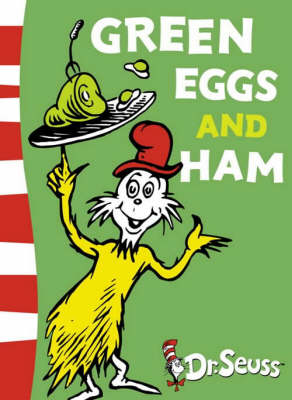
Courtesy of StockVault
Science World Report comments on a new study that purports that the human brain can distinguish between genuine and manufactured laughter.
In a paper entitled “Individual Differences in Laughter Perception Reveal Roles for Mentalizing and Sensorimotor Systems in the Evaluation of Emotional Authenticity” published in the journal Cerebral Cortex, Dr. Carolyn McGettigan of Royal Holloway University of London makes the case that there is a link between the parts of the brain actively involved in laughter perception and the kind of laughter being perceived.
Two kinds of laughter were looked at in the study evoked laughter and emitted laughter. Evoked (“real”) laughter was perceived as being more contagious, than Emitted (“fake”) laughter, and the two kinds of laughter (Evoked vs. Emitted, or “fake”) elicited responses in different areas of the brain when fMRI results are analyzed.
Furthermore, the behavioral post-test indicated that “participants were able to classify the laughs in “Real” and “Posed” categories with a high degree of accuracy.” This high degree of accuracy indicates that participants are aware of the differences in how their brains perceive the two varieties of laughter. Such awareness is essential to a person’s navigation of social cues. The study further analyzed the amount and the kind of brain activity that goes into recognizing Emitted (fake) laughter, “it is the social-emotional ambiguity of the Emitted laughter that leads to the stronger engagement of mentalizing processes.”
In other words, our brains are working harder to distinguish the non-genuine laughter from its authentic counterpart. This causes humans to be more aware of their own responses when they are in the presence of laughter that they do not perceive as authentic.
Dr. McGettigan summarizes the researchers findings, “Our brains are very sensitive to the social and emotional significance of laughter, which is the social glue that promotes and maintains affiliations and group memberships. During our study, when participants heard a laugh that was posed, they activated regions of the brain associated with mentalizing in an attempt to understand the other person’s emotional and mental state.”
 On a bet from editor Bennett Cerf, Theodor Seuss Geisel, better known as Dr Seuss, was challenged to write a book using just 50 words. Not one to shy away from a challenge Dr Seuss used exactly 50 – not more not less. In that master stroke Dr Seuss won the $50 bet, which Cerf never paid, and the book Green Eggs and Ham went on to become one of the most acclaimed children’s books of all time.
On a bet from editor Bennett Cerf, Theodor Seuss Geisel, better known as Dr Seuss, was challenged to write a book using just 50 words. Not one to shy away from a challenge Dr Seuss used exactly 50 – not more not less. In that master stroke Dr Seuss won the $50 bet, which Cerf never paid, and the book Green Eggs and Ham went on to become one of the most acclaimed children’s books of all time.